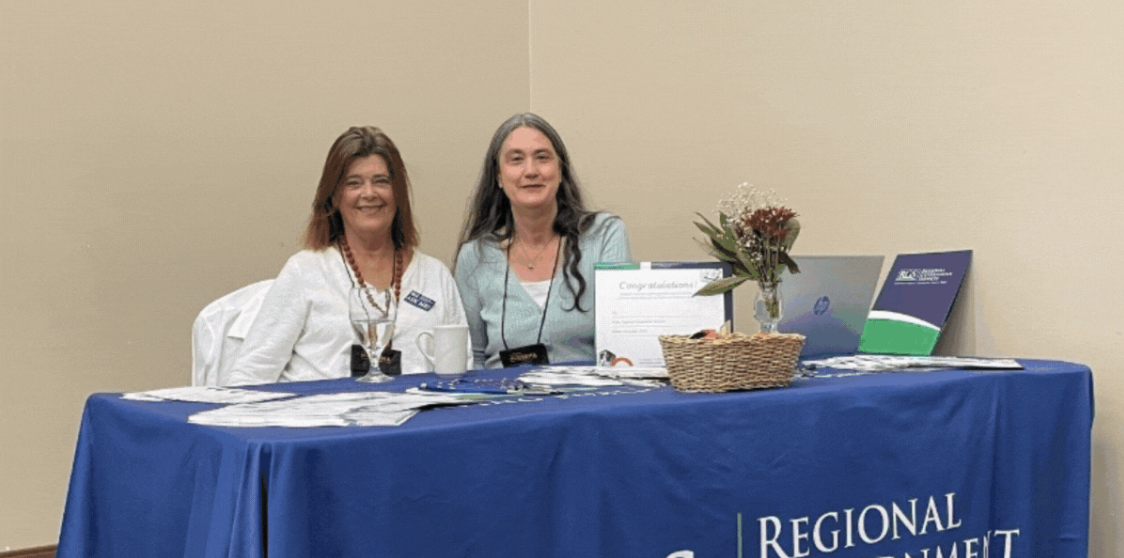Why local governments must embrace a multi-generational workforce
City halls and county offices across California are buzzing with a unique energy these days. It’s not just the hum of service delivery or the rush to meet community needs—it’s the sound of four generations working side by side. Baby Boomers, Gen X, Millennials, and now Gen Z all share the same mission: to serve the public good. But their approaches, expectations, and communication styles couldn’t be more different.
This diversity of age and experience is both a challenge and a competitive advantage. If local governments learn to harness it, they can build teams that are not only more innovative and resilient, but also more representative of the communities they serve.
Beyond Age Stereotypes
Too often, the conversation about generational differences is reduced to caricatures: Boomers resist change, Millennials need praise, Gen Z won’t put down their phones. But as leadership expert Dr. Bob McCann of UCLA Anderson School of Management noted in a recent Faster Smarter podcast interview, “we have four, five, maybe even six generations in the workplace at the same time… there’s a tremendous opportunity if we can maximize our intergenerational engagement” (McCann, 2024).
McCann points out that while employers regularly focus on gender and racial diversity, age diversity rarely gets equal attention (McCann, 2024). That’s a blind spot no local government can afford. Institutional memory, procedural expertise, and community relationships—often held by long-tenured staff—are invaluable. So too are the digital fluency, fresh perspectives, and hunger for impact that younger workers bring. The key is not in managing one generation over another but in cultivating cross-generational collaboration.
What the Next Generation Wants—and Why It Matters
According to Deloitte’s 2025 Gen Z and Millennial Survey, younger professionals prioritize purpose, flexibility, and well-being over hierarchy and titles (Deloitte, 2025). Only six percent of Gen Z respondents say reaching a leadership position is their top goal; far more are focused on growth, balance, and meaningful work.
For local governments, that insight is gold. Public service has always been purpose-driven—it’s about improving communities and building trust. Agencies that make that mission visible in day-to-day work can attract and retain the next generation of talent. But purpose alone isn’t enough. Today’s workforce expects learning, mentoring, and inclusivity to be baked into the employee experience, not added as an afterthought.
Turning Generational Gaps into Generational Bridges
Local government leaders can take tangible steps right now to turn demographic differences into organizational strength:
- Create two-way mentoring programs. Pair veteran employees with newer staff for reciprocal learning. Let institutional knowledge flow one way and digital savvy the other (McCann, 2024).
- Design inclusive communication practices. Meet people where they are—some prefer face-to-face dialogue, others async collaboration. Multiple channels ensure no one is left out.
- Invest in flexible career paths. Not everyone defines success the same way. Offer tracks for leadership, specialization, or innovation that meet employees where they are in life and career (Deloitte, 2025).
- Make training accessible to all. Avoid assumptions that older staff don’t need or want technology training. Conversely, ensure younger staff get exposure to legacy systems and policy history.
When agencies build structures that encourage genuine inter-generational exchange, they do more than retain employees—they cultivate resilience. A workforce that learns from itself adapts faster to change.
Why This Matters Now
Many local governments face a “silver tsunami” of retirements as community needs become more complex and technology-driven. Losing institutional knowledge without systems to pass it on would be devastating. At the same time, younger generations are redefining what work looks like—and they’re watching how public employers respond.
Those agencies that intentionally invest in generational inclusion will have an edge. They’ll retain hard-earned expertise while inviting innovation. They’ll bridge continuity with change. And most importantly, they’ll embody the diversity of experience that makes our public institutions truly reflective of the people they serve.
A Call to Lead Differently
The most successful local governments of the next decade will be those that see their age diversity not as a liability but as a superpower. Leaders must model curiosity across generations, champion learning in both directions, and create environments where everyone—regardless of when they were born—feels valued and heard.
It’s time for local government to move from stereotypes to synergy. By doing so, we’ll not only future-proof our agencies but also reaffirm the core promise of public service: that when we bring all voices to the table, our communities thrive.
References
- McCann, B. (2024). From Stereotypes to Synergy: Communicating Across Generations. Faster Smarter Podcast. https://www.fastersmarter.io/176-from-stereotypes-to-synergy-communicating-across-generations/
- Deloitte Global. (2025). The Deloitte 2025 Gen Z and Millennial Survey. https://www.deloitte.com/global/en/issues/work/genz-millennial-survey.html
Share this article
Stay Up-To-Date - Follow RGS on LinkedIn:
Latest articles
October 28, 2025
October 28, 2025
October 28, 2025


